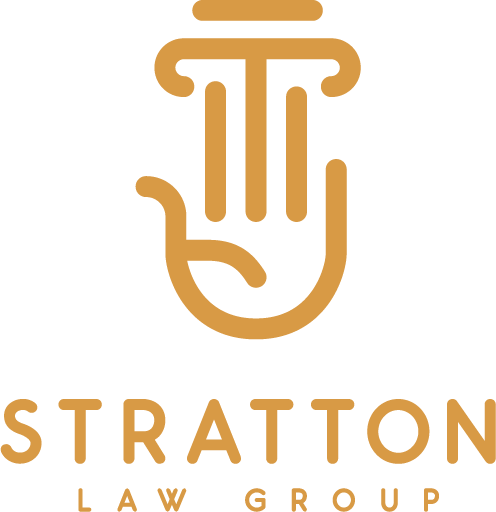How Do I Copyright My Work?
"Just put it in an envelope and mail it to yourself." A high-school classmate delivered this nugget of wisdom when I wondered aloud how I might secure copyright protection for my stunning 1990s-Mossimo-t-shirt-style illustrations. For years, my acacia-gum-slicked tongue wetted more stamps and fibrous envelopes than my grandmother did during “the war.” Years later, I have some advice for you—save the stamp.
You are likely reading this because: 1. you are an insomniac who has discovered that reading legal articles is an effective alternative to prescription sleep aid; or 2. you are wondering how to protect your creative work from opportunists, competitors, copycats, or jealous relatives. Well, what if I told you that your work is already protected by copyright law? That’s right. By doing what you do best—sheer awesomeness—you have likely already succeeded in enveloping your work in a thin candy coating of federal protection. “No way,” you say. Yes way, dear reader, yes way.
Title 17 of the United States Code, Section 102(a) states that “original works of authorship fixed in any tangible medium of expression” will enjoy the venerable rights of copyright protection without filing, registration, or pomp. Okay...but as the titular character of the 1993 blockbuster film, Dennis the Menace, might say— “What’s that mean?” Let’s get to unpacking.
While the requirement for “original works of authorship” may seem like securing a copyright requires a person to write the great American novel, those of us whose creative writing peaked with the inclusion of our 5th-grade essay, We Are All George Washington, in a vanity press anthology (for the shockingly low price of $59.99) can breathe easy—novels are not required (although they are certainly embraced). Put simply, an original work of authorship is a work that you create yourself, independent of the works of others, and that possesses a modicum of creativity. For example, if I have an independent stroke of creative genius and come up with a hit musical about the chicken sandwich wars of the early 2020s, I will have created an original work of authorship if, and only if, I fix that musical in a “tangible medium of expression.” For obvious reasons, I cannot protect creativity that is stuck in my brain and nobody knows about. I must embody my musical in such a way that it “can be perceived, reproduced, or otherwise communicated directly or with the aid of a machine or device.” In other words, as soon as the song “Popeye’s Got a Brand-New Bag” stops its maddening repeat in my brain and finds its way onto a medium of expression, for example, paper or digital sheet music, or a video or audio recording, I am protected!
You know what makes this deal even sweeter? You never even have to finish the work! Any brush stroke, pen swipe, or typeface manifestation, etc. you employ in your creative endeavor is immediately protected regardless of whether you ever complete the work. Finally, you can tell all your family and friends that the novel you’ve been working on for the last fifteen years is protected by copyright—even if it is only one page.
For further illustration of these concepts, please refer to the beautiful drawing below.
The instant that my 5-year-old's stubby little fingers put crayon to paper and this Murakami-esque masterpiece emerged, it received copyright protection.
That’s right. As much as you might like to steal her design and the millions of dollars that she would undoubtedly make selling it, you would be foolish to do so as the Copyright Gods would undoubtedly rain down upon you a fury of flame and pestilence heretofore unknown to this mortal realm. I mean, that or we would just battle it out in court.
Now, back to my childhood friend. Was she certifiably insane? Nah. The idea that mailing a creative work to yourself and never opening it (i.e., the poor-man’s (heck, it’s the 2020’s folks, the poor-person’s) copyright) is necessary or sufficient to avail yourself of the protections of copyright law has long been promulgated by well-intentioned, albeit mistaken, laypersons and even some attorneys. But, why waste the cost of a stamp when you don’t need to?
If something considered so basic and fundamental to copyright law can be so tremendously misunderstood, imagine what other misconceptions you may have about the law.
Get your legal answers from legal experts!
Contact Stratton Law Group: info@strattonlawgroup.com P: (801) 225-3570


